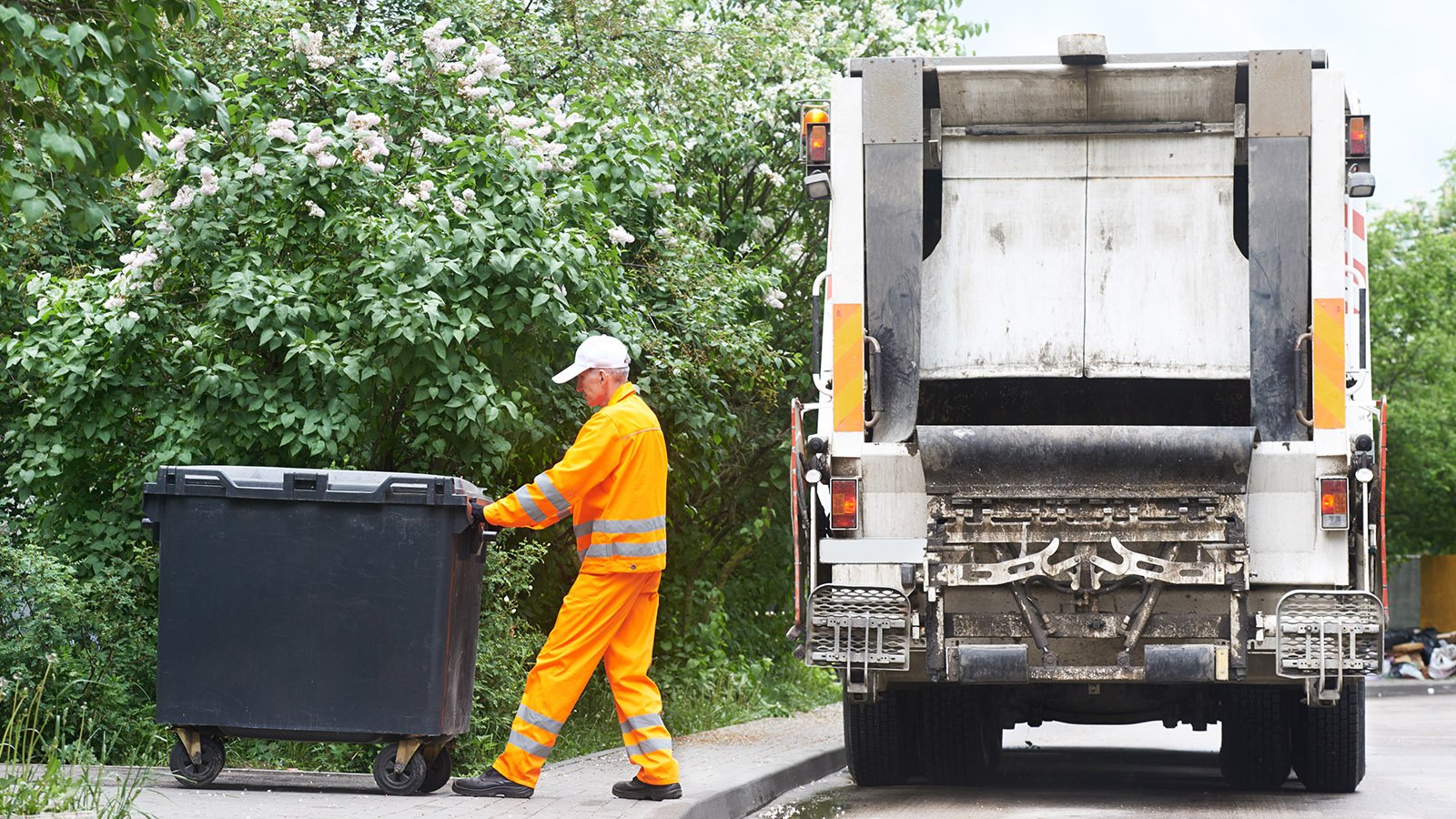Many people worldwide are drawn to America for various reasons. The country offers abundant job opportunities across different sectors, boasts high-quality educational institutions, and is known for its cultural diversity, offering a chance to connect with many different communities.
However, there are also reasons why you might want to skip moving to the United States. While it has its attractions, certain aspects might not appeal to some people. We’ll explore the top 18 reasons why you might decide against moving to the United States.
Green Card Accessibility

With just 3% of applicants successfully obtaining a residency, the chances of getting a green card are incredibly slim. The amount of applicants has also increased from 10 million in 1996 to a whopping 34.7 million in 2024. Despite this demand, the U.S. government plans to issue approximately 1.1 million green cards for the fiscal year 2024, leaving 97% of applicants without approval.
Cost of Higher Education

The quality of higher education in the United States is globally recognized, but it comes with substantial financial demands, especially for top-tier universities such as the Ivy League. Aspiring students should brace themselves for hefty tuition fees, which can total tens of thousands of dollars annually, leading to at least 20-30 of debt.
Challenges in Women’s Rights

The state of women’s rights in the United States has deteriorated following the 1973 ruling on legal abortion. This backtrack has not only seen the introduction of some of the strictest abortion laws worldwide but also a lack of comprehensive support for pregnant individuals and new mothers, both financially and emotionally. The maternal mortality rates are alarmingly high for a developed country, reflecting broader systemic issues. Furthermore, wage inequality persists across various industries, disproportionately affecting women from minority backgrounds.
Stress Factors for Immigrants

The immigrant experience in the United States can be fraught with stress far beyond typical workplace or academic pressures. Challenges such as securing employment, adapting to new cultural norms, finding accommodation, opening bank accounts, and acquiring insurance, all without a local credit history, can escalate to dangerous clinical levels of stress. This can manifest physically, with individuals experiencing significant health declines due to overwhelming stress, sometimes resulting in depression.
Healthcare Accessibility

Healthcare in the United States is a critical issue, with private management making access both expensive and complex. The lack of a National Health Service (NHS) equivalent means that those without adequate health insurance may face prohibitive costs, which is a particularly urgent concern for individuals with chronic or serious health conditions.
Gun Control Issues

Gun control, or the lack thereof, remains a contentious and potentially deal-breaking issue for potential expatriates to the United States. The relatively lax laws in many states allow for visible firearm carrying by civilians, a cultural norm that can be unsettling and pose perceived risks for those from countries with strict gun laws.
Language and Integration Hurdles

Effective communication and integration into society are heavily dependent on language proficiency. Non-native speakers may find themselves struggling to express their personality and intelligence fully, which can hinder both personal and professional relationships and overall adaptation to a new social environment.
Cost of Living

The cost of living in the United States can vary dramatically but is generally high, particularly in major cities. The trend of gentrification has pushed many out of previously affordable neighborhoods, compounding costs related to longer commutes and social engagements.
Tax Variability

The tax system in the United States is complex, varying significantly between states. While some states offer lower income taxes, others can surprise new residents with higher rates and additional taxes like sales tax, which is not included in the price tag and only added at the point of sale.
Employment Benefits

Work-life balance can be challenging to achieve in the U.S., given the generally less generous leave policies compared to other countries like the UK. Maternity and paternity leave, in particular, are often minimal, though some companies do offer more progressive benefits.
Food Quality Concerns

Food quality and safety standards in the United States can be questionable, with practices like chicken chlorination and issues with water quality being of particular concern. These practices often prioritize cost savings over quality.
Climate Variability

When considering a move, it’s important to be aware of the wide range of weather conditions in the U.S. The country experiences everything from bitterly cold winters to extremely hot summers, along with frequent natural disasters such as hurricanes, tornadoes, wildfires, floods, and earthquakes. Notably, the U.S. records over 1,000 tornadoes annually, the most of any country globally.
Social Downshifting

Moving to the U.S. without a substantial savings account or a job offer in a specialized field can lead to significant challenges. The high cost of living can rapidly deplete savings, forcing newcomers to accept any available job, often outside their field of expertise. New arrivals’ Common jobs include handyman, builder, waiter, cleaner, nanny, hostess, porter, taxi driver, and security guard. Many immigrants have achieved a certain social status in their home countries that they must leave behind, struggling to adapt to a lower social level in the U.S.
Work-Life Balance Challenges

The American workplace can be demanding, often without the benefit of paid leave. As of March 2023, only 20% of private-sector workers had access to paid family leave, and 28% had paid sick leave. If you’re planning to move to the U.S. for work, be prepared for potential difficulties in achieving a healthy work-life balance.
Immigrant Complex

The immigrant complex involves feelings of inferiority compared to locals, impacting self-esteem, performance, and health. This often stems from language barriers, lack of proper documentation, lower-quality jobs, and living situations. Not all immigrants experience this complex, but for those who do, it can be extremely challenging and is often described as one of the hardest periods of their lives.


